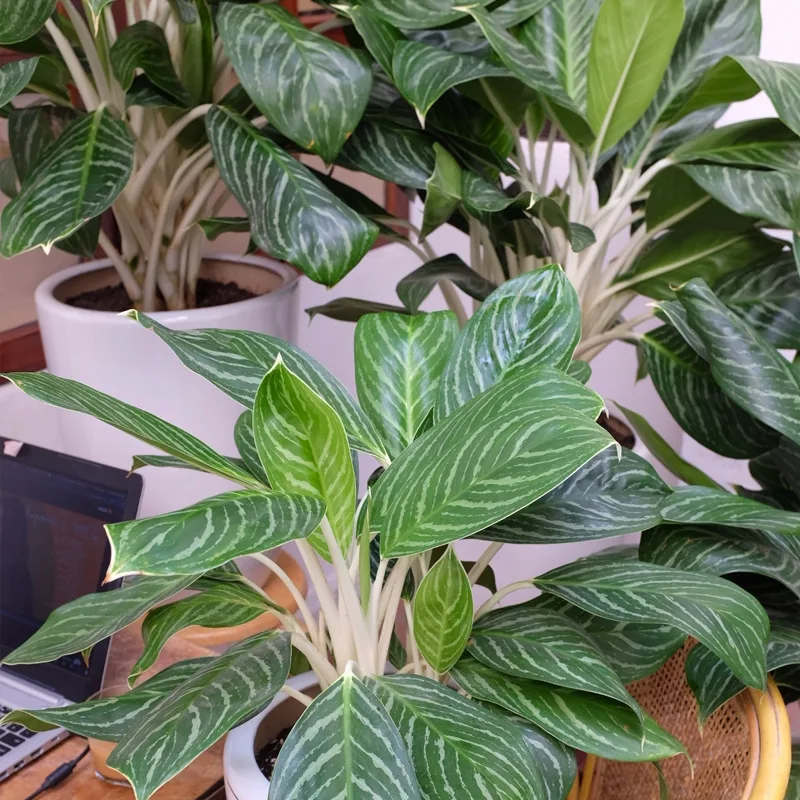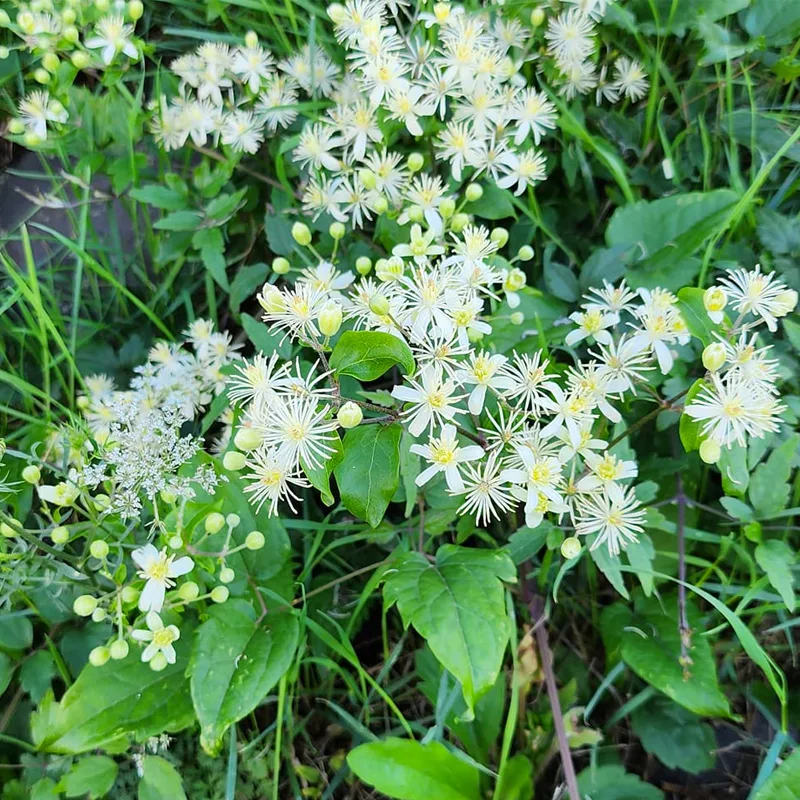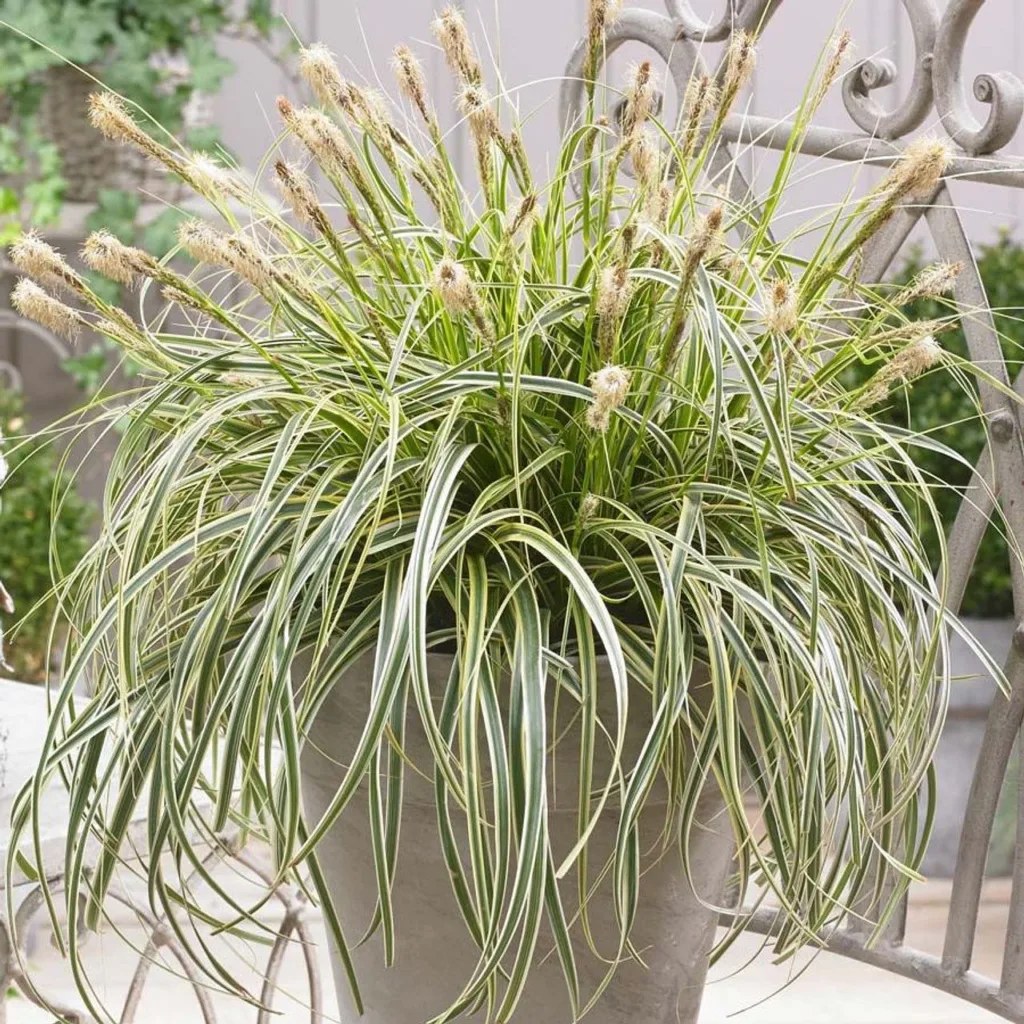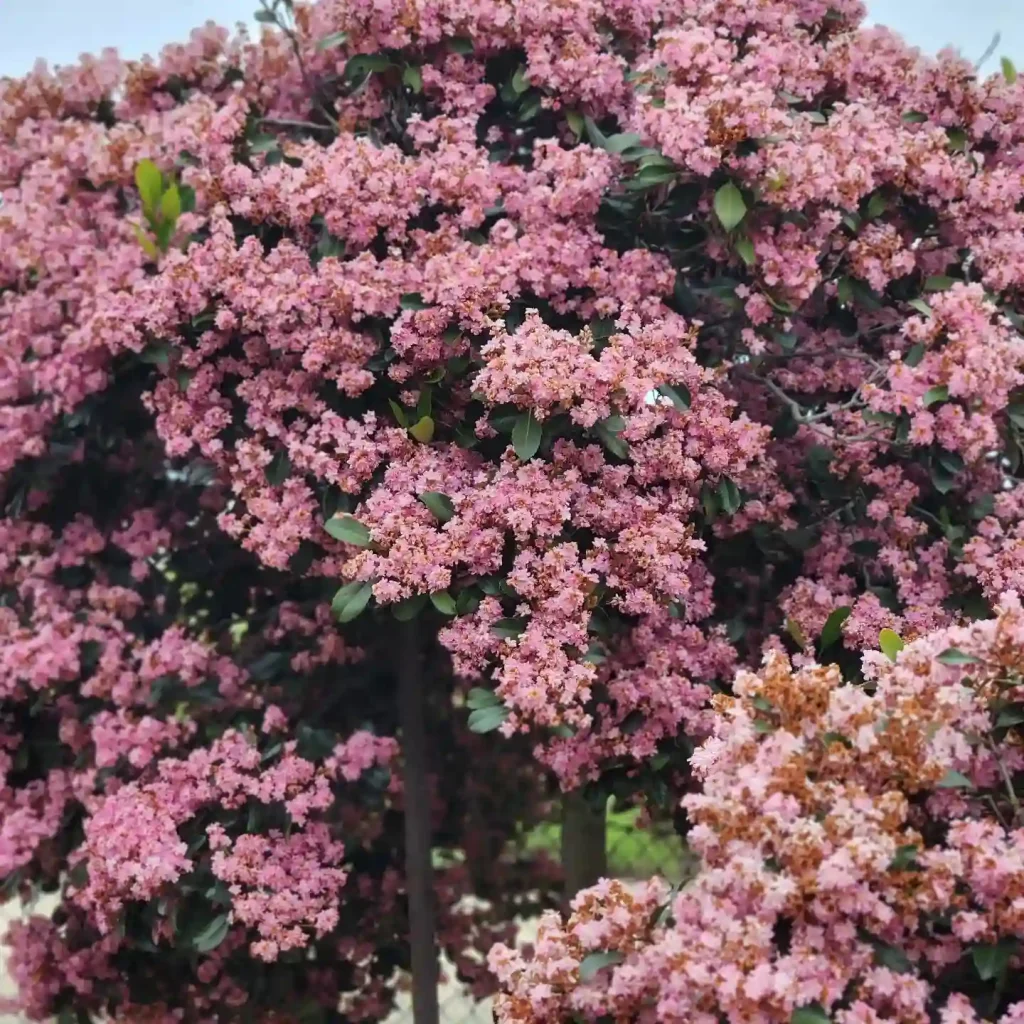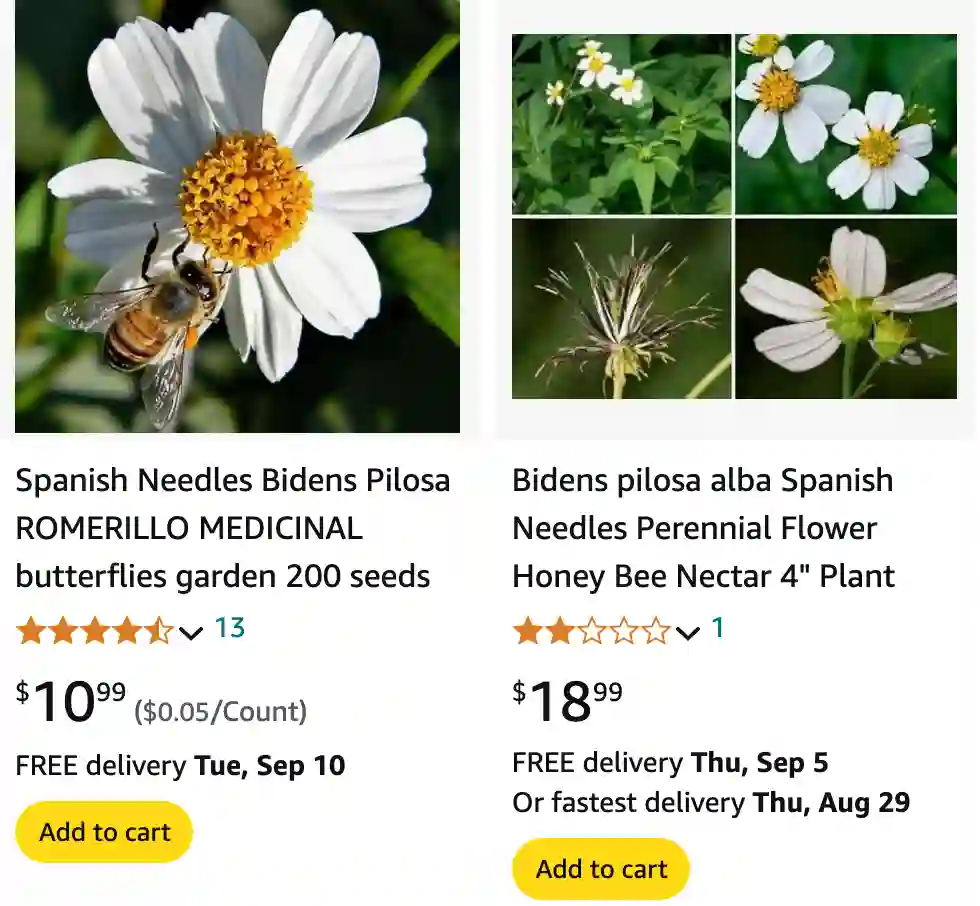
FAQs About Bidens Pilosa: Your Ultimate Guide
When it comes to Bidens Pilosa, there’s a lot to uncover. Whether you’re curious about its uses, how to get rid of it, or even how to grow it, this plant has various facets worth exploring. Here’s a comprehensive guide based on my experiences and research.
227 Species in Genus Bidens
What is Bidens Pilosa?
Bidens Pilosa, commonly known as “beggar’s ticks” or “Spanish needle,” is a versatile plant found in many regions across the globe. It’s a member of the Asteraceae family, which includes sunflowers and daisies. This herbaceous plant is distinguished by its small, yellow flowers and needle-like seeds that cling to clothing and fur. It’s recognized for its medicinal properties and is used in traditional medicine in various cultures.
What is Bidens Pilosa Used For?
Bidens Pilosa is known for its wide range of uses. Traditionally, it’s been employed in herbal medicine to treat conditions like digestive issues, inflammation, and skin infections. Its leaves and seeds are often used in teas and extracts for their supposed health benefits, including their potential to boost the immune system and detoxify the body.
How to Prepare Bidens Pilosa Tea?
Making Bidens Pilosa tea is a straightforward process. Start by harvesting the plant’s leaves, ideally when they’re young and fresh. Rinse them thoroughly to remove any dirt or pests. Next, chop the leaves finely and steep them in boiling water for about 10-15 minutes. Strain the mixture and enjoy your tea. Some people like to add honey or lemon for extra flavor.
How to Make Bidens Pilosa Tea?
To make Bidens Pilosa tea, follow these steps:
- Harvest and Clean: Collect the leaves and flowers of Bidens Pilosa. Rinse them under cold water.
- Chop and Boil: Chop the plant material and bring water to a boil. Add the chopped Bidens Pilosa to the boiling water.
- Steep: Allow it to steep for 10-15 minutes.
- Strain and Serve: Strain the tea into a cup and drink. Sweeten if desired.
How to Eat Bidens Pilosa?
Bidens Pilosa can be consumed in several ways. Besides tea, you can use its leaves in salads or as a cooked green, similar to spinach. It’s important to note that while it’s edible, it’s often better to consume it in moderate amounts to avoid any potential adverse effects.
How to Grow Bidens Pilosa?
Growing Bidens Pilosa is relatively easy. This plant thrives in well-drained soil and prefers sunny spots. It’s quite resilient and can handle a range of soil types. Here’s a basic guide to growing it:
- Planting: Sow seeds directly into the soil after the last frost or start them indoors.
- Watering: Keep the soil moist but not waterlogged.
- Sunlight: Ensure it gets plenty of sunlight.
- Maintenance: The plant is low-maintenance but can benefit from occasional pruning to control its spread.
Is Bidens Pilosa Native to Florida?
Yes, Bidens Pilosa is native to Florida, among other regions. Its adaptability to various climates has allowed it to spread widely, and it’s a common sight in many parts of the state.
Bidens Pilosa vs Bakuchiol
While Bidens Pilosa and Bakuchiol may seem similar, they are quite different. Bakuchiol is a compound derived from the Psoralea corylifolia plant, often used in skincare for its anti-aging properties. In contrast, Bidens Pilosa is an entire plant used for a variety of medicinal purposes. Bakuchiol is more focused on cosmetic applications, while Bidens Pilosa is used broadly in traditional medicine.
Bidens Pilosa vs Bidens Alba
Bidens Alba, often referred to as “Beggar’s Tick” as well, is a close relative of Bidens Pilosa. While both species share similar names and some uses, Bidens Alba tends to have white flowers compared to the yellow flowers of Bidens Pilosa. Additionally, their medicinal properties and habitat preferences may differ slightly. Bidens Alba is also known for its ability to attract pollinators and can be a beautiful addition to gardens.
What to Plant with Bidens Pilosa?
When planting Bidens Pilosa, it pairs well with other garden herbs and flowers. It can complement plants like marigolds, echinacea, and even culinary herbs such as basil and oregano. These companions not only enhance the garden’s aesthetic but can also help with pest control and pollination.
How to Care for Bidens Pilosa?
Caring for Bidens Pilosa involves basic maintenance. Ensure it has well-drained soil and enough sunlight. Regular watering is essential, especially during dry periods. Although it’s quite hardy, keep an eye out for common pests and diseases. Removing spent flowers can also encourage new blooms.
Can You Grow Bidens Pilosa Indoors?
Growing Bidens Pilosa indoors is possible but may be challenging due to its need for ample sunlight. If you’re trying to grow it indoors, provide it with a bright, sunny window or grow lights. Ensure good ventilation and avoid overwatering.
Is Bidens Pilosa Toxic?
Bidens Pilosa is generally considered non-toxic and safe for most uses. However, it’s always wise to consult with a healthcare professional before using it medicinally, especially if you have underlying health conditions or are pregnant.
Common Problems with Bidens Pilosa
One common issue with Bidens Pilosa is its tendency to become invasive. Its rapid growth can sometimes outcompete other plants in the garden. Regular pruning and management are necessary to keep it under control.
In summary, Bidens Pilosa is a fascinating plant with a rich history of medicinal use and practical applications. Whether you’re considering growing it, using it for its health benefits, or simply curious about its characteristics, understanding these aspects can help you make the most of this versatile herb.
If i die, water my plants!
